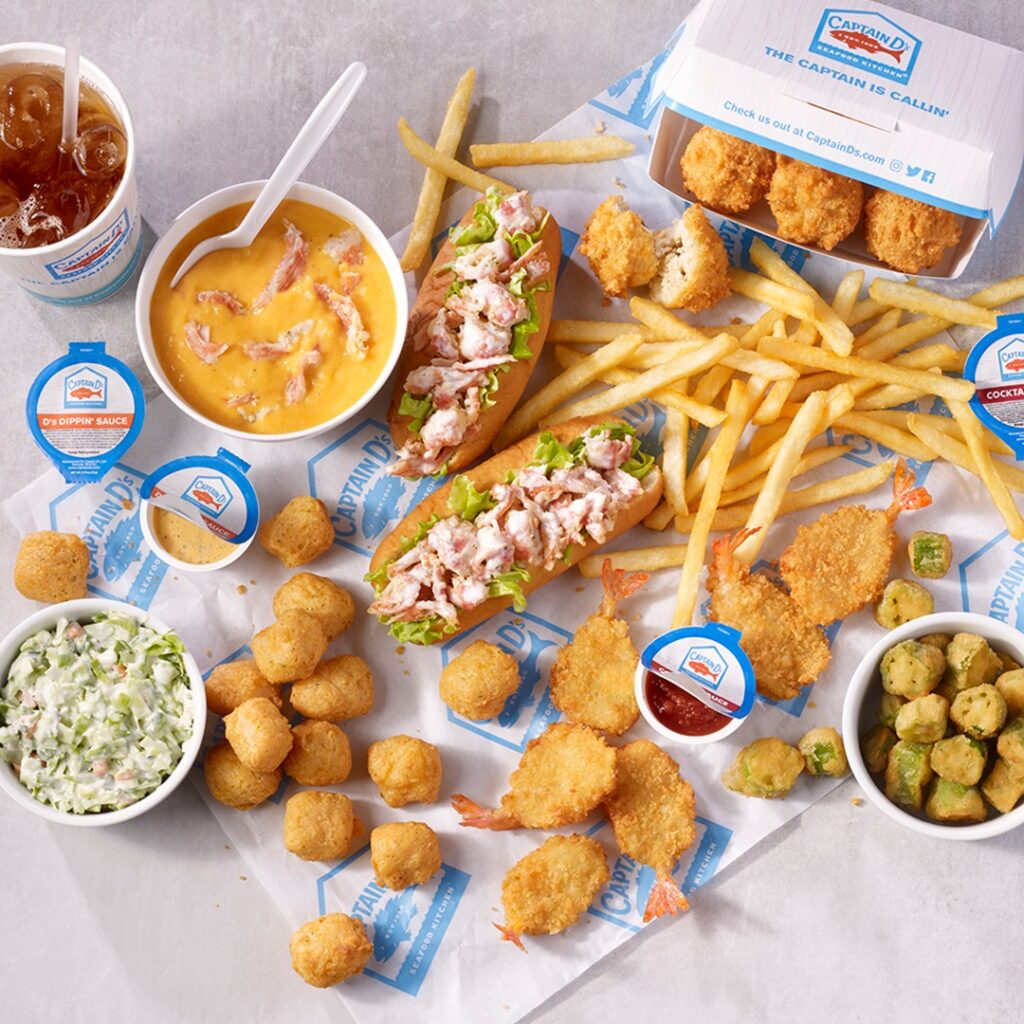As Captain D’s is set to open its first UK location in the summer, we catch up with Hair Parra, senior vice president of international operations and development, to talk expansion plans and why the US brand believes its seafood concept has something fresh to offer a nation known for its love of fish and chips
What’s the history behind Captain D’s and how big a player is it in the American foodservice market?
Captain D’s has been serving seafood for more than 50 years. It first opened as Mr. D’s Seafood and Hamburgers in Donelson, Tennessee, on August 15th 1969. In 1974, the company changed its name to Captain D’s Seafood to focus more exclusively on the classic fish, shrimp, and side dishes that our customers had come to love. Today, Captain D’s is headquartered in Nashville, Tennesse, and has more than 530 restaurants in 23 states. We are opening our first international location in Toronto this month. Captain D’s is the nation’s leading fast casual seafood restaurant and was named the number one seafood chain in the QSR 50.
What are the signature dishes that Captain D’s is known for?
Our signature items include world-famous battered dipped fish (classic and spicy), hand-breaded chicken tenders, Nashville hot fish, breaded butterfly shrimp and our signature hush puppies. Our fish is hand-dipped into our signature batter we prepare in-house every day – the special, secret blend is savoury and slightly seasoned and cooks to a crisp deliciousness.
How big is seafood consumption in the States?
At last measurement, Americans consumed 20.5 pounds per capita in 2021. Seafood consumption has grown 30% in the US in the last 30 years.
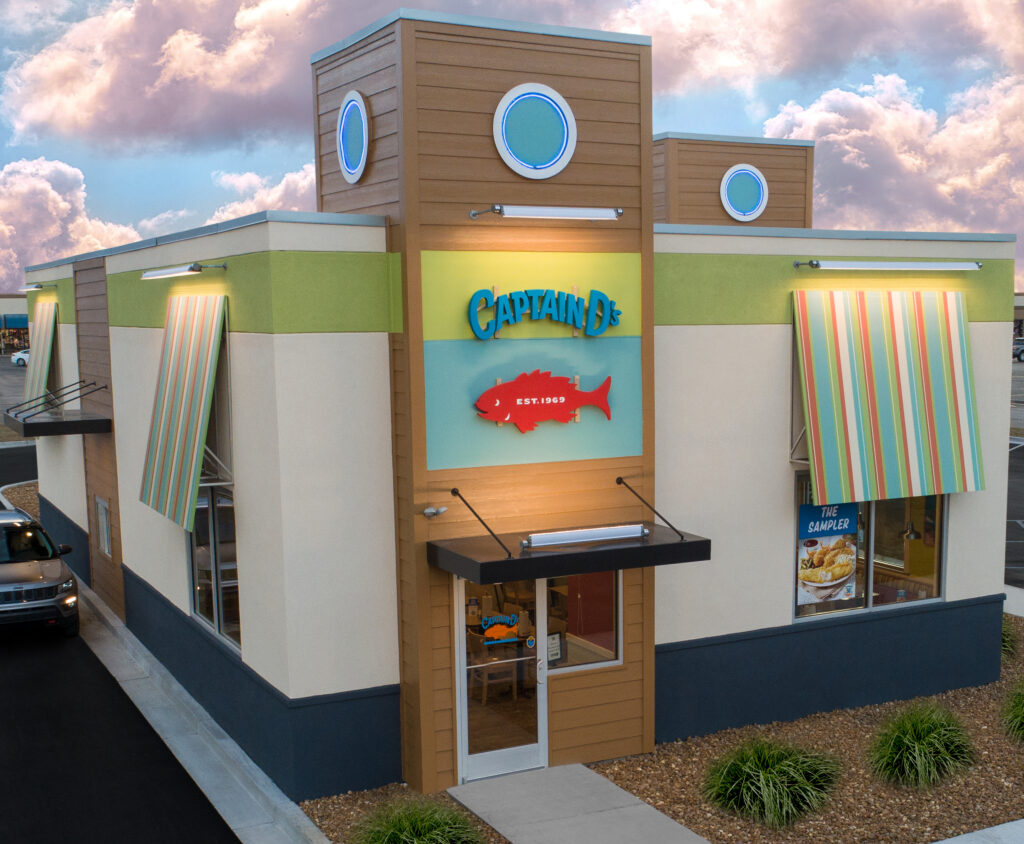
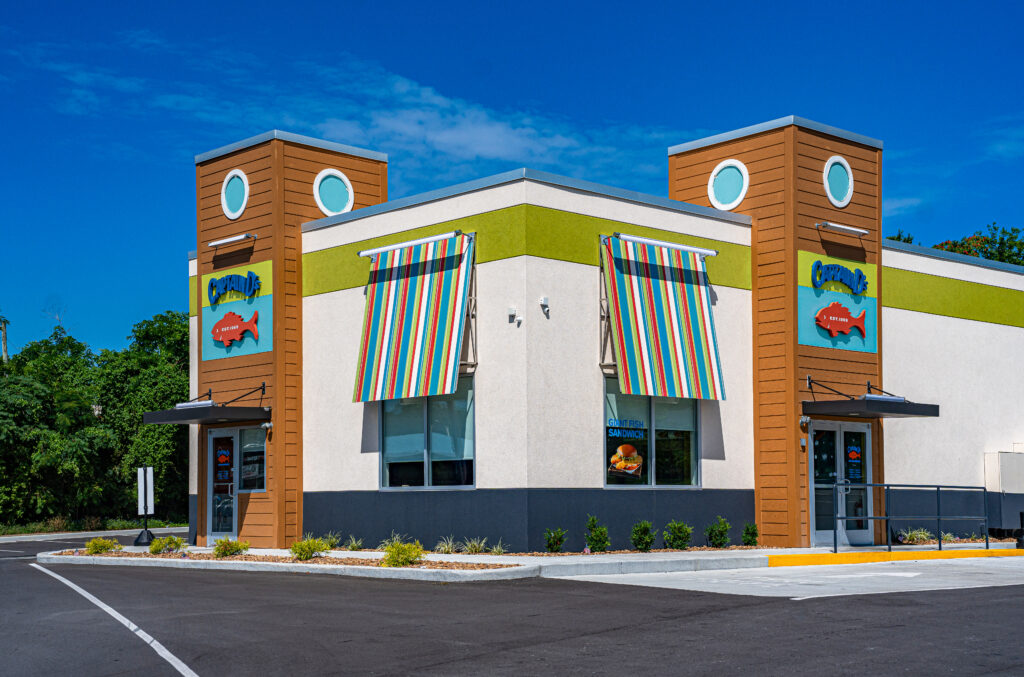
How has Captain D’s adapted to changes in the American seafood market over the 50 years?
As a prominent fast casual seafood restaurant chain in the US, we have adapted to the evolving American seafood market through a combination of menu diversification, improved customer experience, and a focus on value and sustainability.
Over the years, our menu has broadened to cater to changing consumer preferences, including healthier options and more diverse seafood dishes and chicken. For example, we’ve introduced grilled fish options to appeal to health-conscious consumers. As Americans become more concerned about sustainability and healthier eating, we have adapted by responsibly sourcing seafood and we are doing our best to meet consumer demand for lower-calorie options, as well as offering items with fewer additives, preservatives and sodium.
In response to economic changes, we have doubled downed on our customer experience. With the rise of fast casual dining and competition from quick service chains, we have shifted toward a modernised fast-casual dining experience. This adaptation includes updating our restaurants’ interior designs and improving the speed of service to keep up with customer expectations. We are also embracing technology and, above all, offering great price value to our customers.
Our focus is on highlighting quality, freshness, and sustainable seafood. As consumer tastes shift and seafood preferences vary by region and country, we have experimented with seasonal and region-country-specific menu items. This helps us cater to local tastes while staying fresh and appealing to a wide variety of customers across the US and the world.
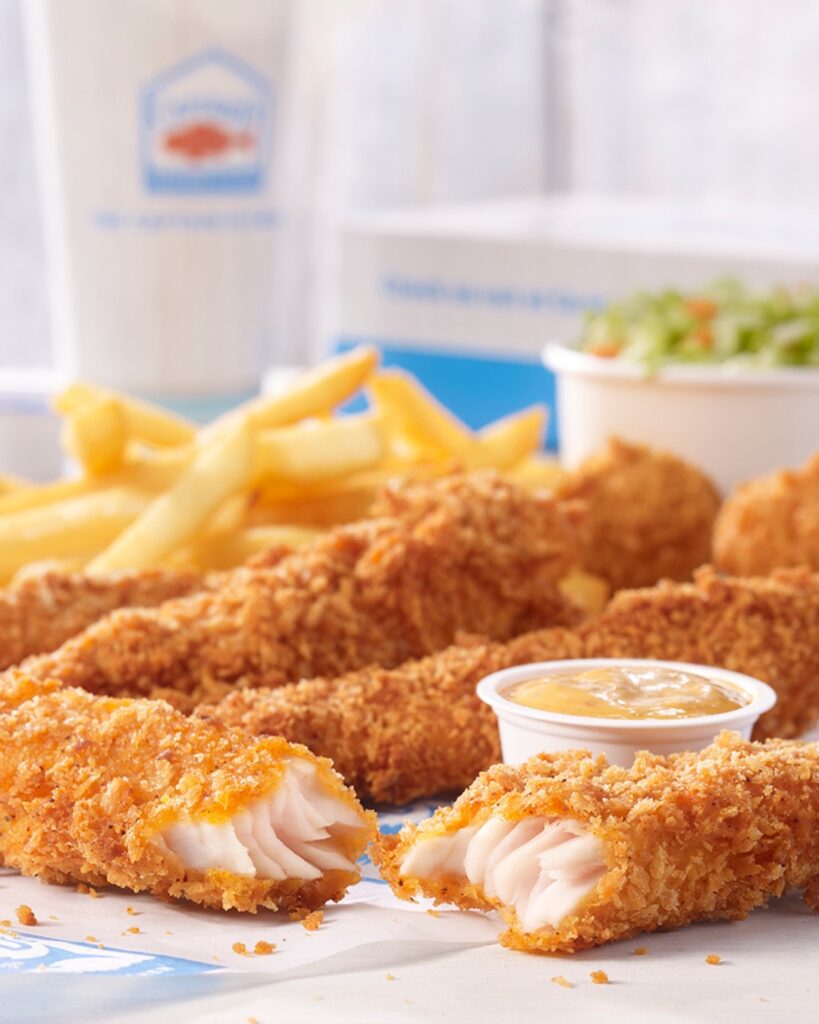
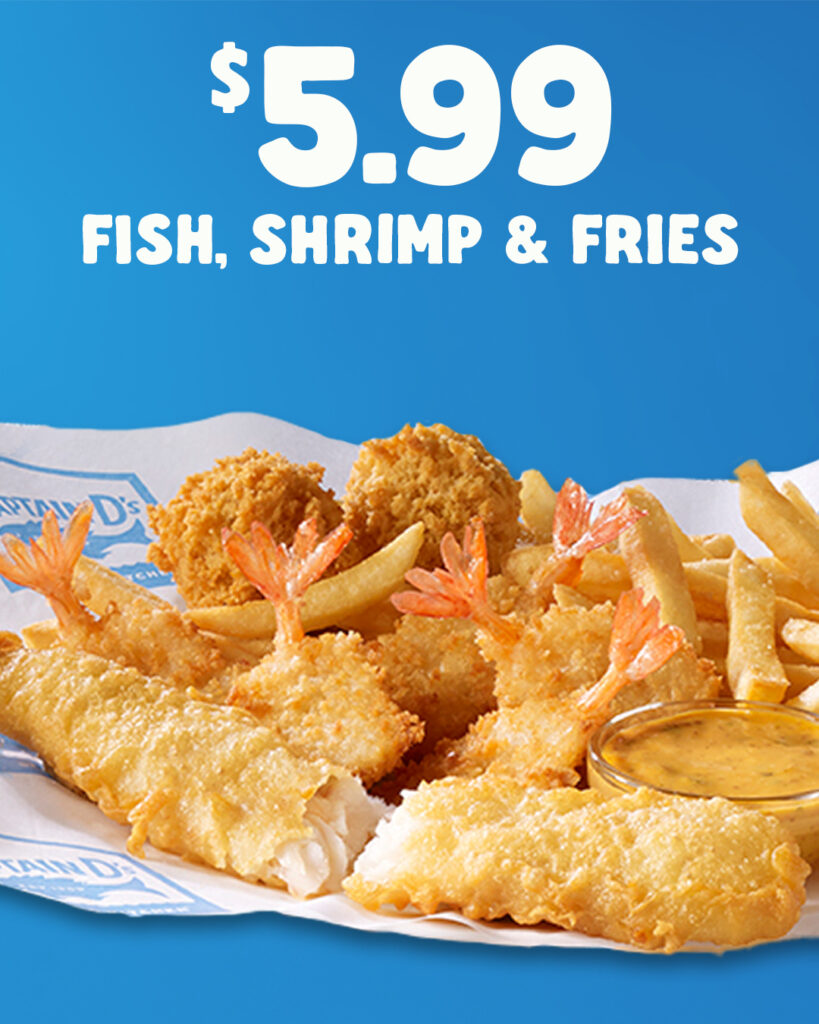
Why have you chosen the UK to open your first European site and when will it be opening?
The UK is the doorway to Europe. It is one of the countries where if you are successful there, other countries will follow. If it makes it in the UK, it will make it in Europe. Also, the UK is a big fish and chips market, so we think it is a great fit for our products. The first UK location will open in Kent in August.
You do realise we have a 160-year history of serving fish and chips in the UK?
Absolutely! The UK has a long and storied tradition of fish and chips, dating back well over 160 years, with iconic shops and a deep cultural connection to this classic dish. We need to bring something unique to differentiate ourselves from the long-established fish and chip shops while still aligning with the traditional tastes that UK consumers expect.
What do you hope to bring to the UK market?
We will focus on three main areas: Fast casual seafood dining experience, menu variety and innovation, and value and branding. For instance, the UK’s fish and chip shops are often casual, family-oriented businesses. However, we will focus on the fast casual dining concept, with a more modern, upscale twist on the traditional fish and chips experience. We will create a more polished dining environment than the typical takeaway fish and chips shop, offering a comfortable space for customers to enjoy our meals in a relaxed atmosphere. This will appeal to a market segment seeking a more elevated and convenient dining experience.
While the UK loves its classic battered fish and chips, we will introduce a variety of seafood options like grilled fish, shrimp, and even healthier or lighter alternatives to traditional fried fish, which could appeal to health-conscious consumers. We will also expand the menu to offer different seafood preparations, sides, and sauces that might not be traditionally found in UK fish and chip shops, giving customers more variety and choice. Additionally, we are introducing non-seafood options, such as chicken (which we already have on our menu) or vegetarian-friendly choices. And, finally, given the rise of fast casual dining chains in the UK and the growing demand for value for money, we will offer competitive pricing, especially with combo meals and family-friendly offerings. The look and feel of our branding will be different from most local fish and chips shops to appeal to a more modern, younger demographic.
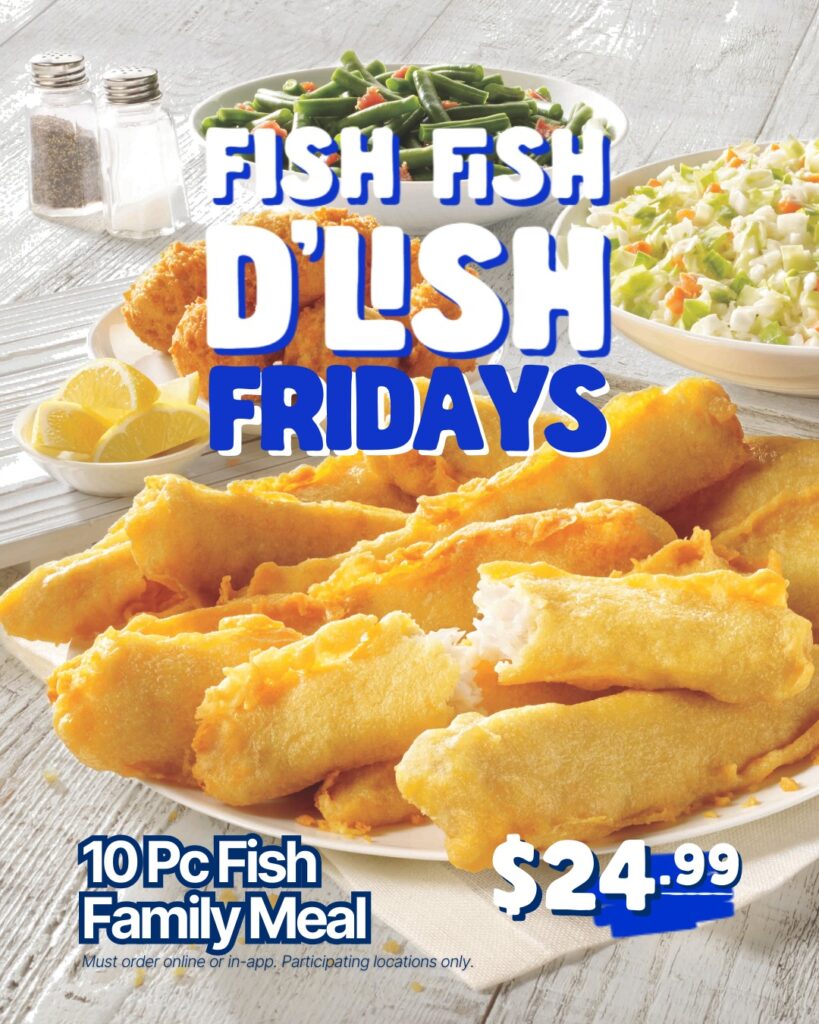
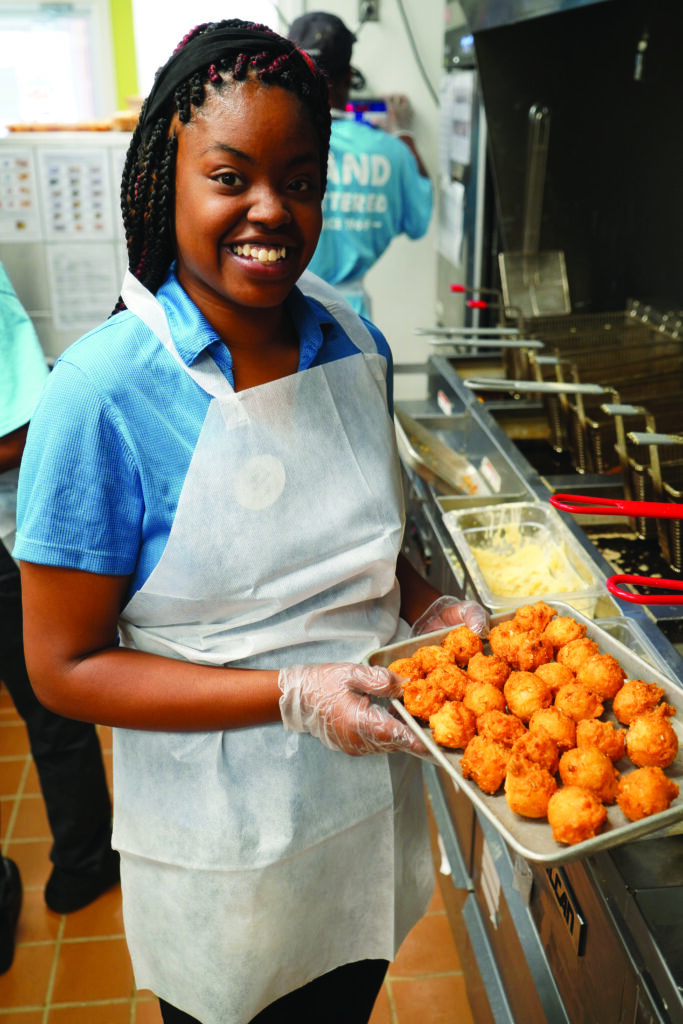
What are your plans for growth in the UK?
We are growing with our local partner, CD’s Holdings, who is our master franchisee for the UK. They are known in the industry and have strong operational experience. In five years, we plan to have at least 15 restaurants in the UK.
Are you making any changes to appeal to British consumers?
Yes. We understand that as a global company, we need to adapt to the country without losing who we are. We will work with regional variations to capture local preferences. For instance, we will have coffee on the menu in the UK and we do not in the US.
Are you sourcing ingredients locally, or will you be importing key components from the US?
At this moment, we are sourcing from both countries. Our goal is to get most of our product in the UK without sacrificing quality, and we can do that. We will promote more environmentally friendly packaging and sustainability initiatives in the store.
How does the UK fit into your long-term global expansion strategy?
The UK is an excellent fit for our short and long-term global expansion. As I said, it is the door to Europe.
What are the biggest challenges in setting up operations in the UK?
I like to call them opportunities. For instance, some ingredients used in the US are not allowed in the UK. But we have successfully created the same formula and flavours with other ingredients – for example, flour – and we are already working with a local supplier to make that happen.
Will you be using the same branding and messaging as in the US, or will there be changes?
Captain D’s will maintain its recognisable brand in the UK and globally but with a local message.

